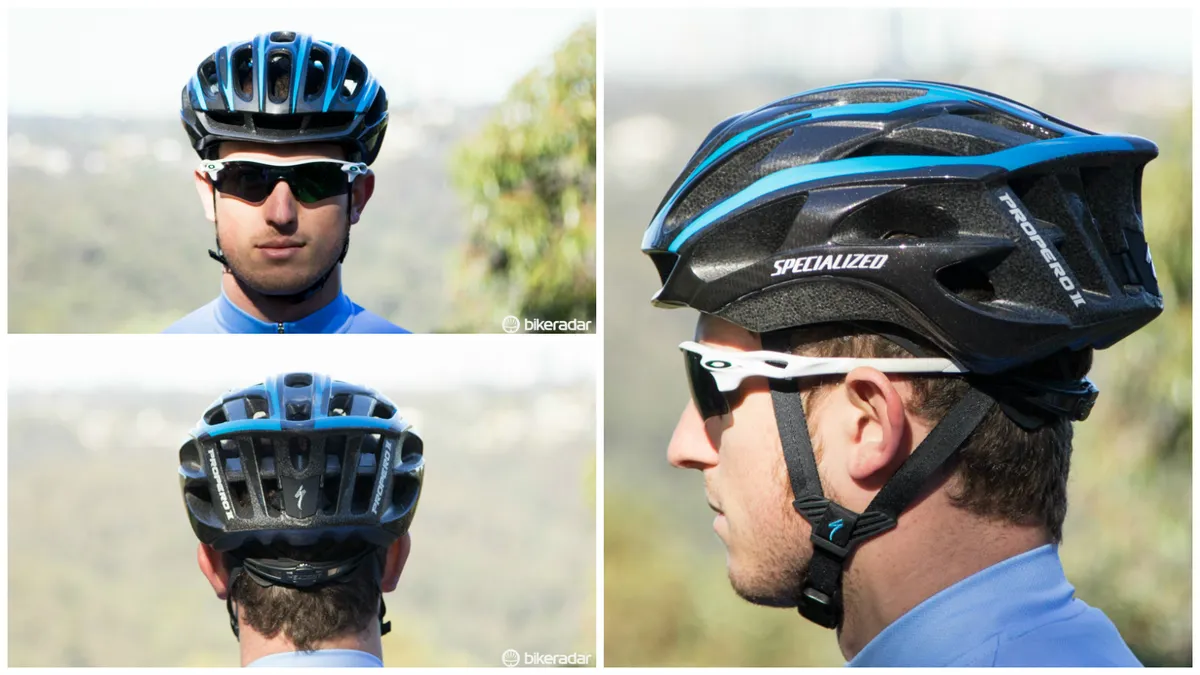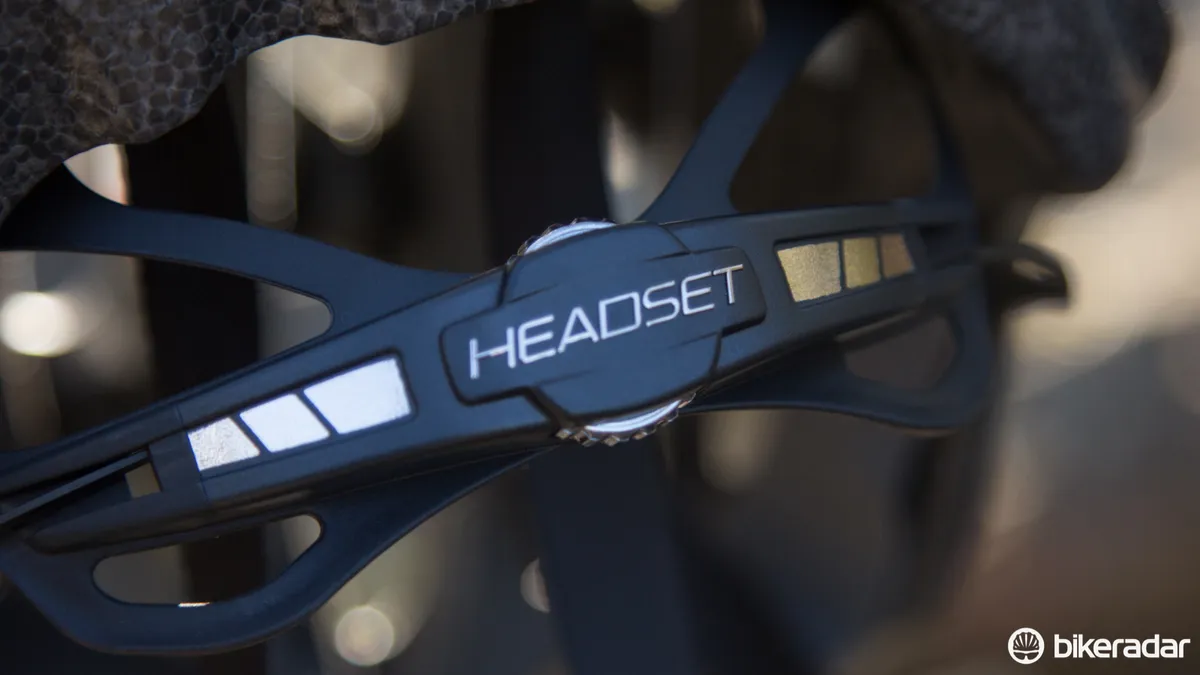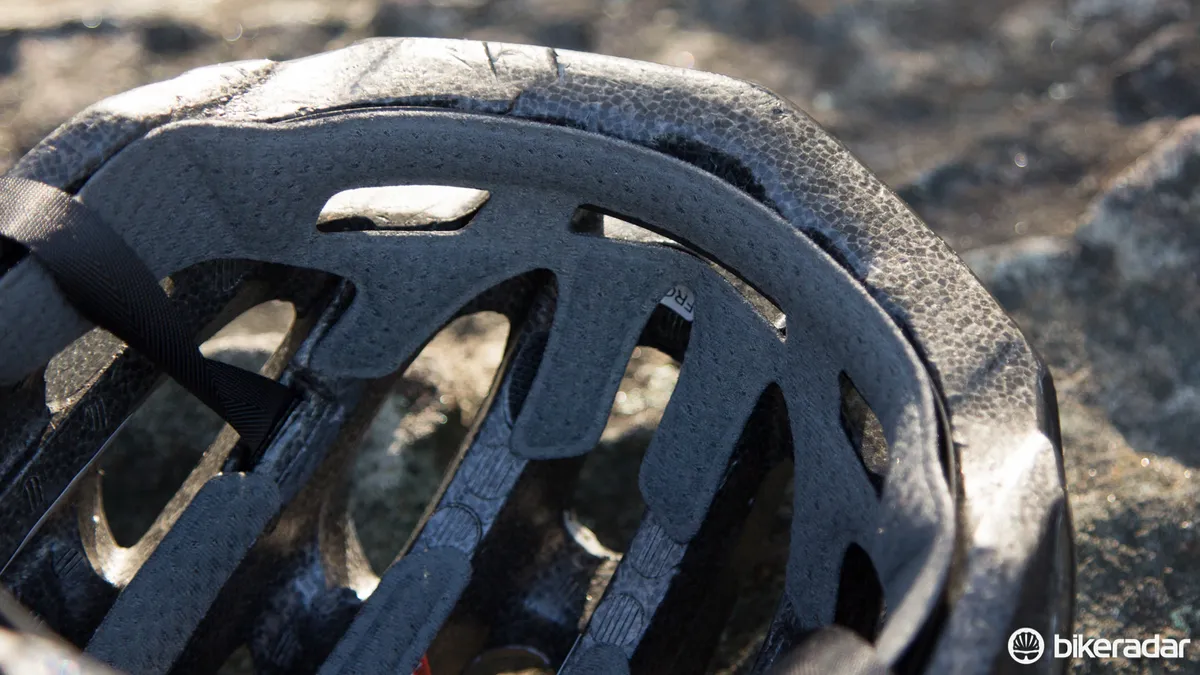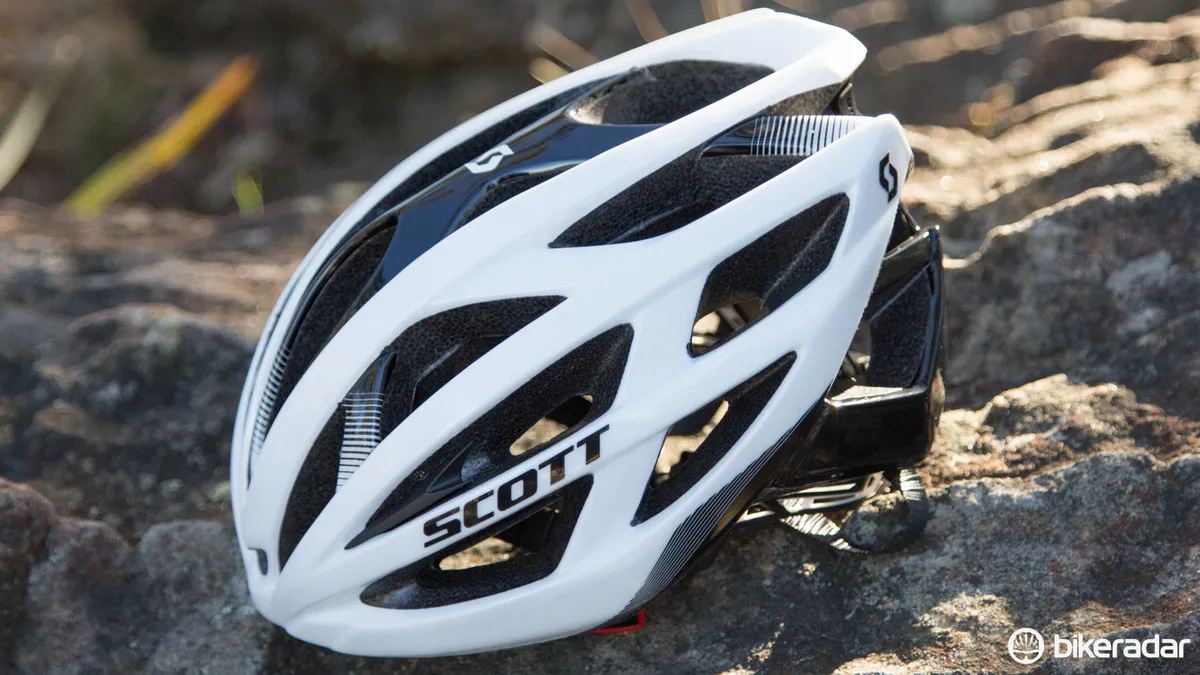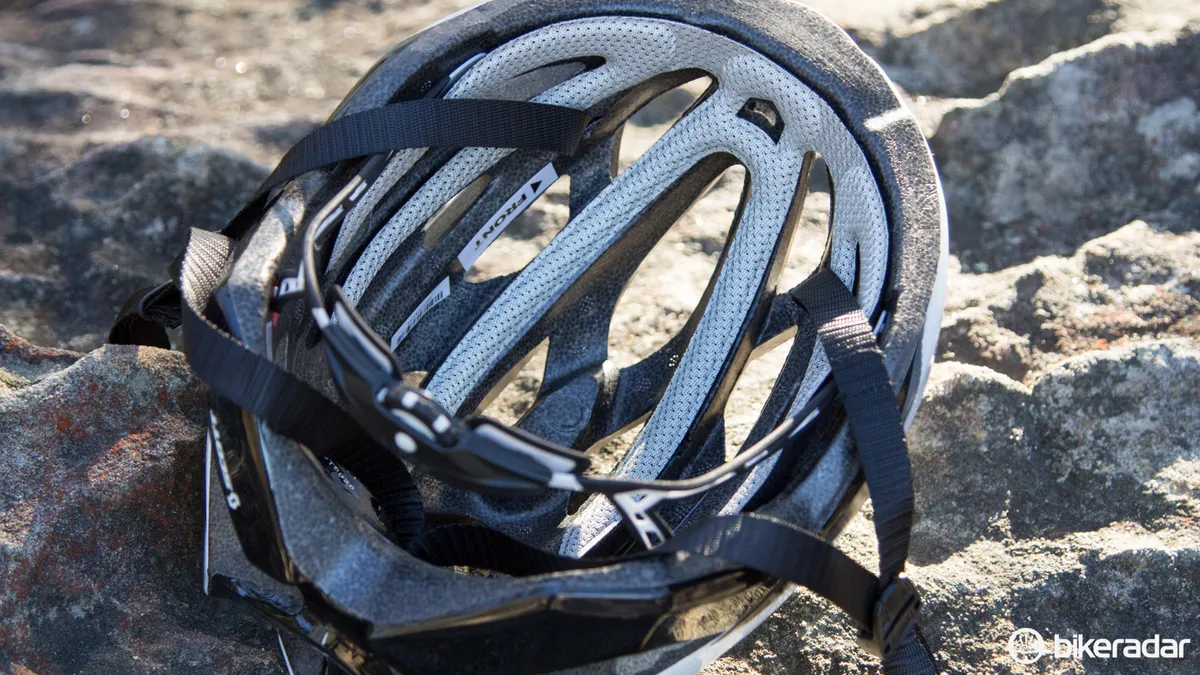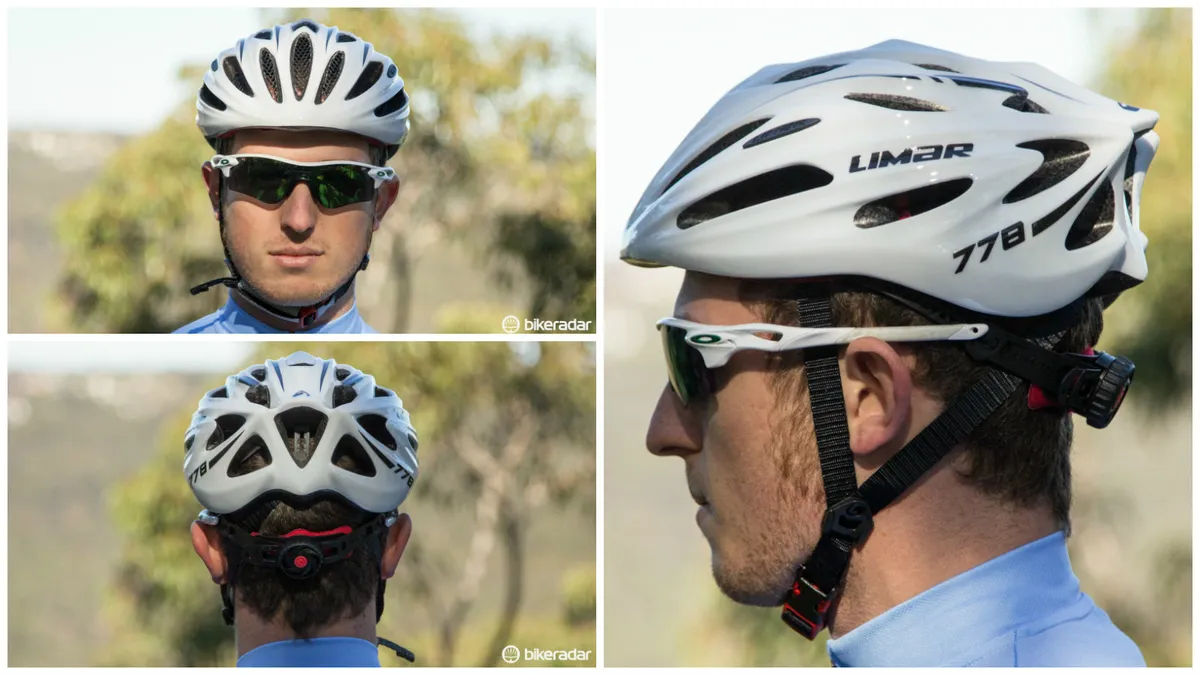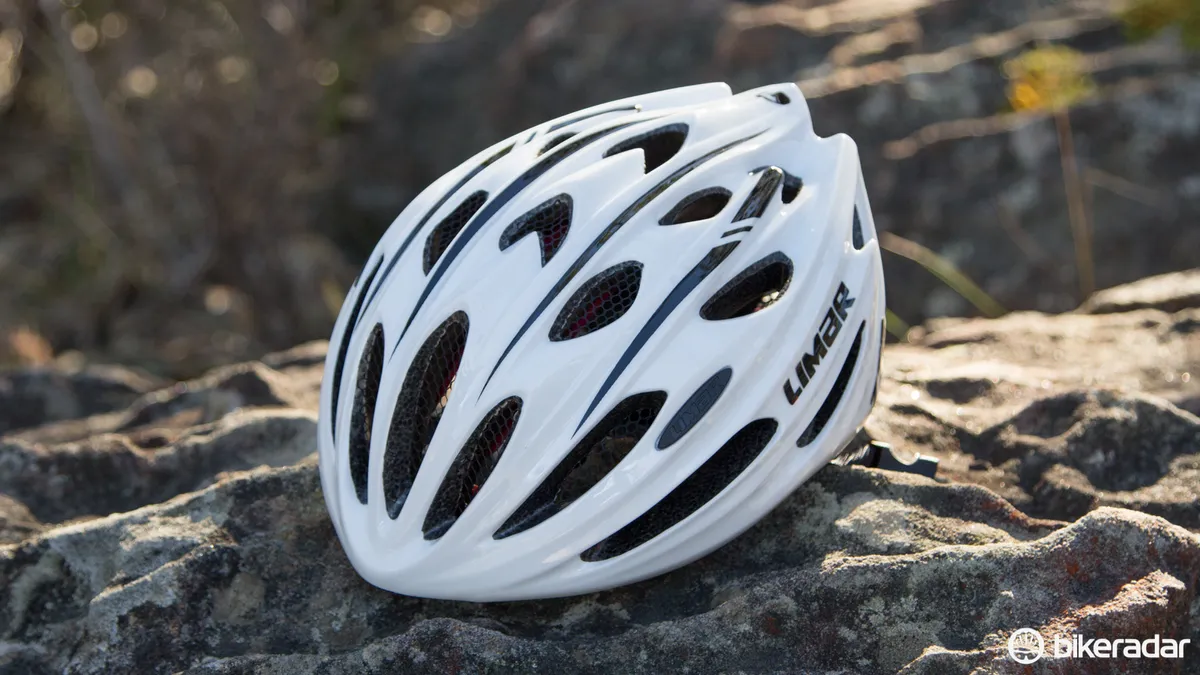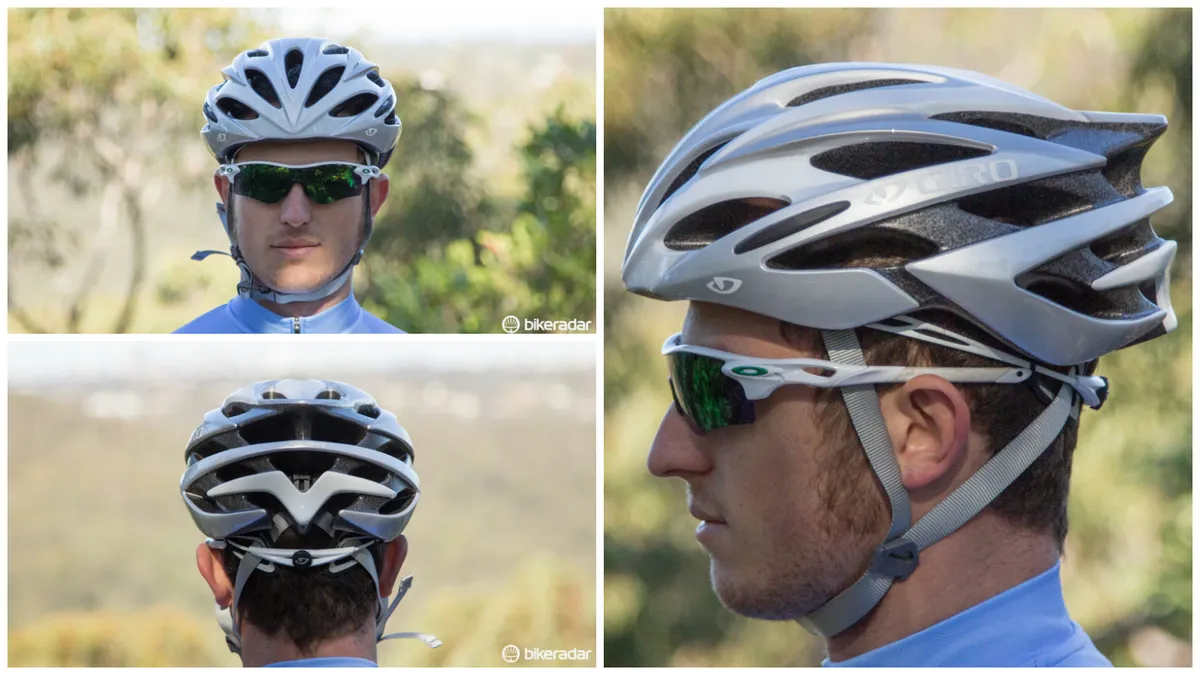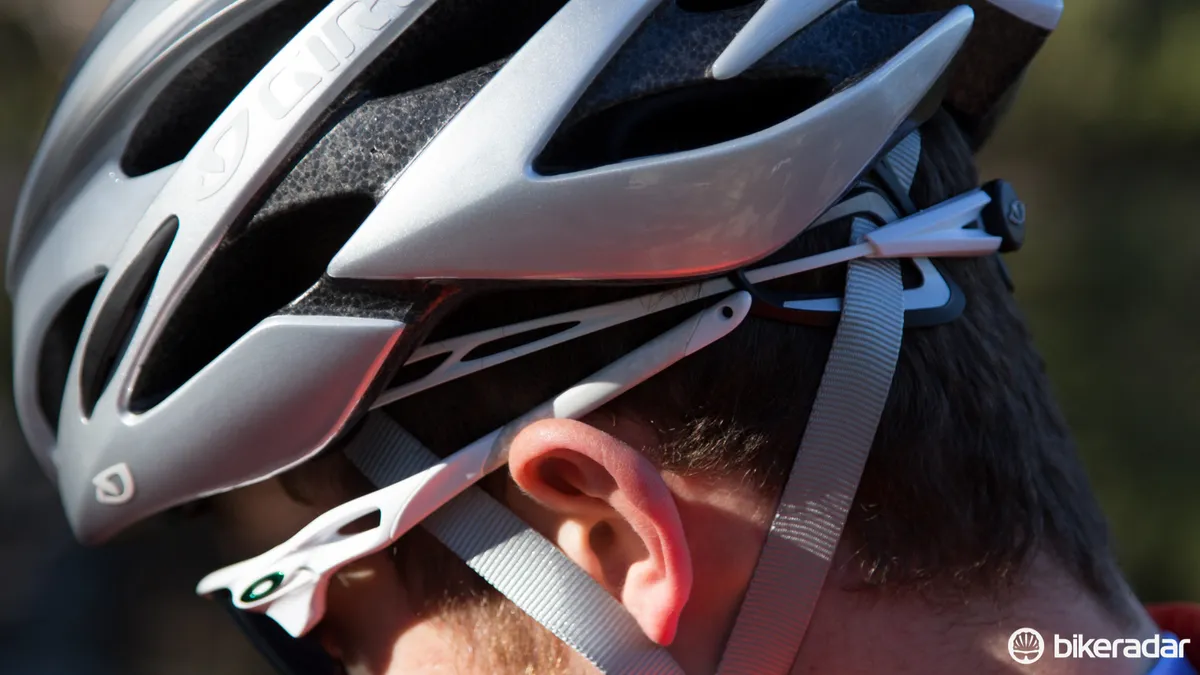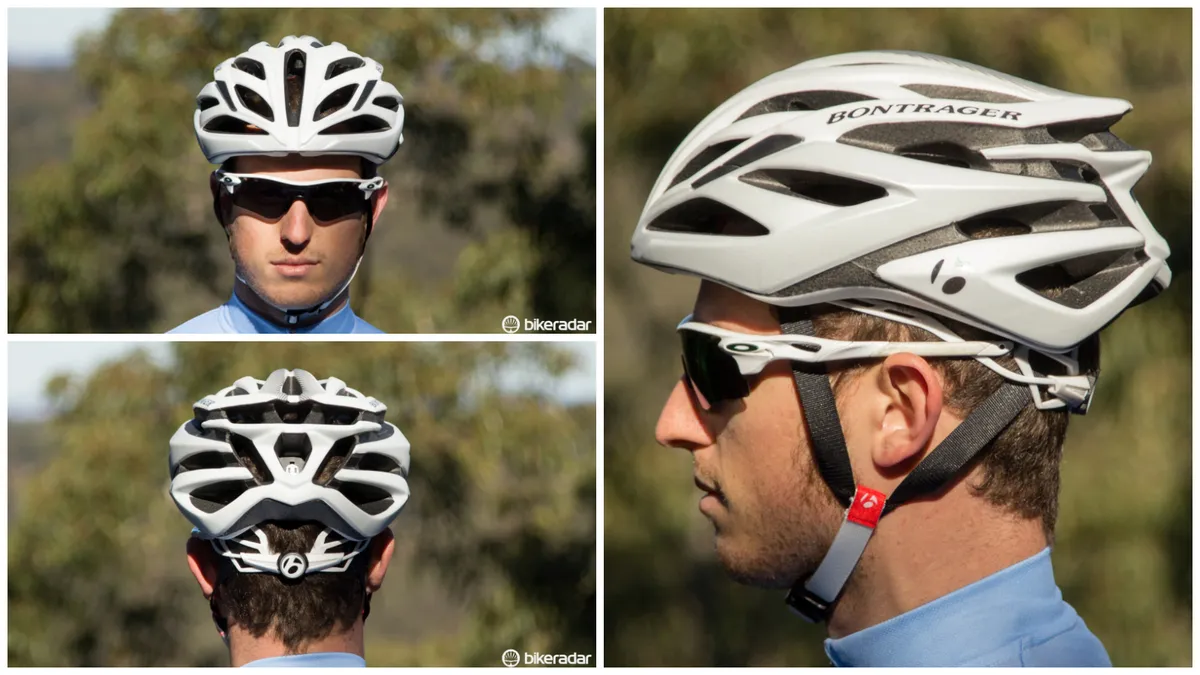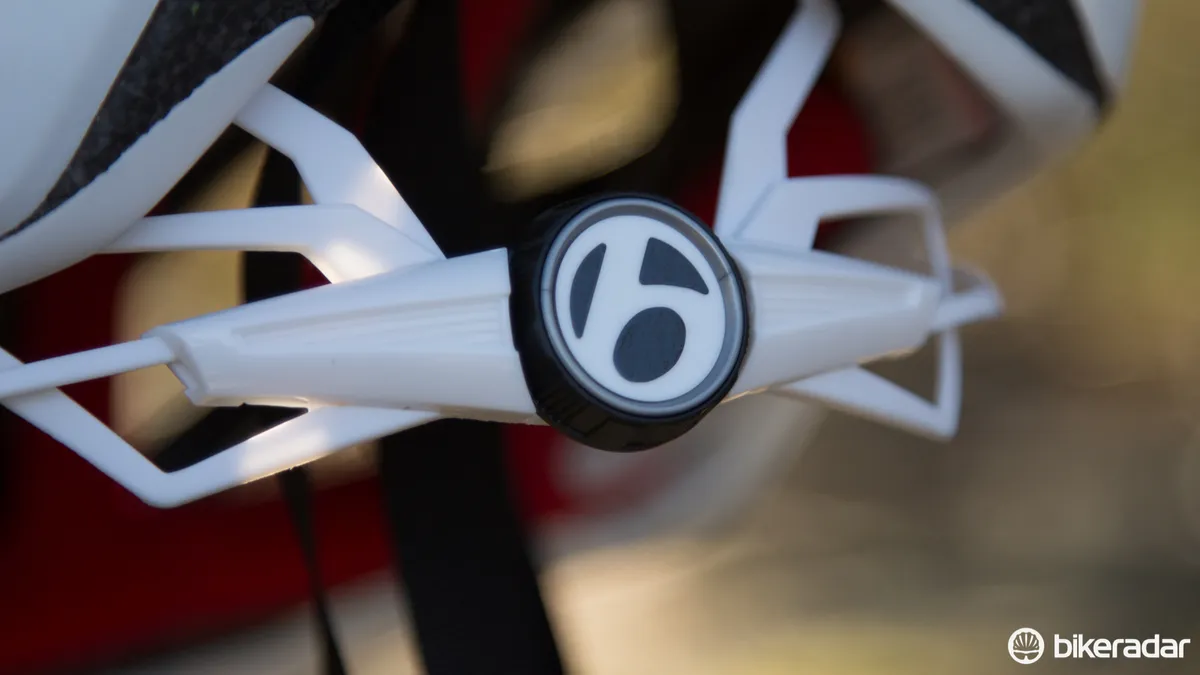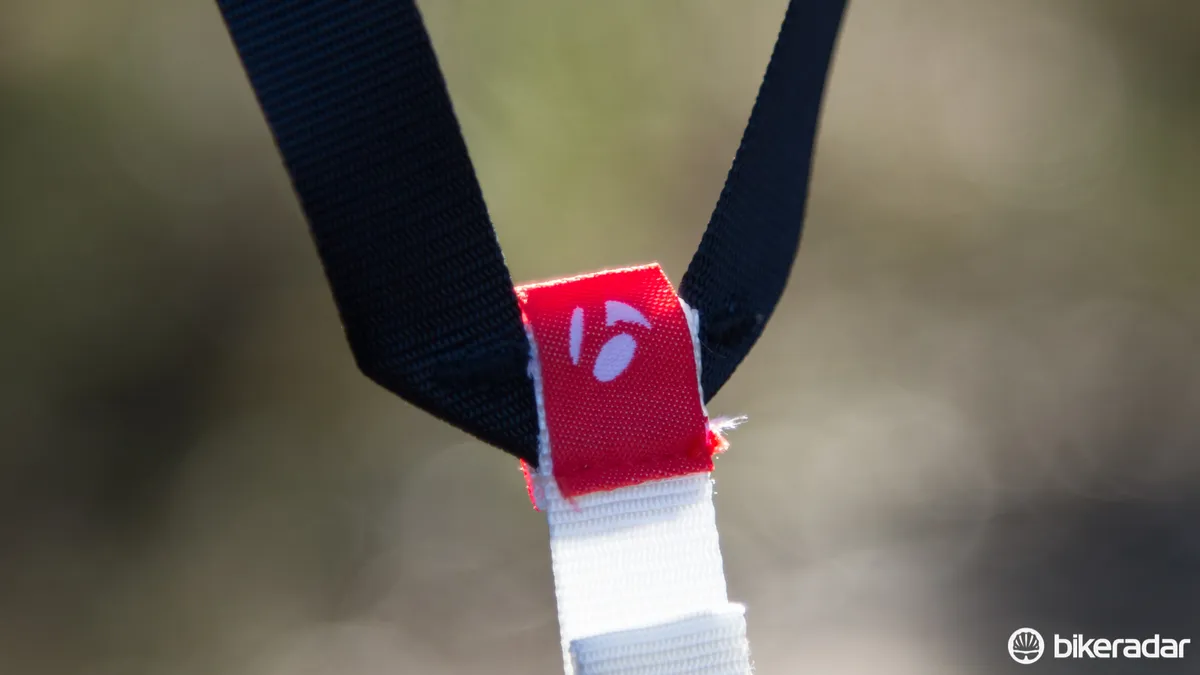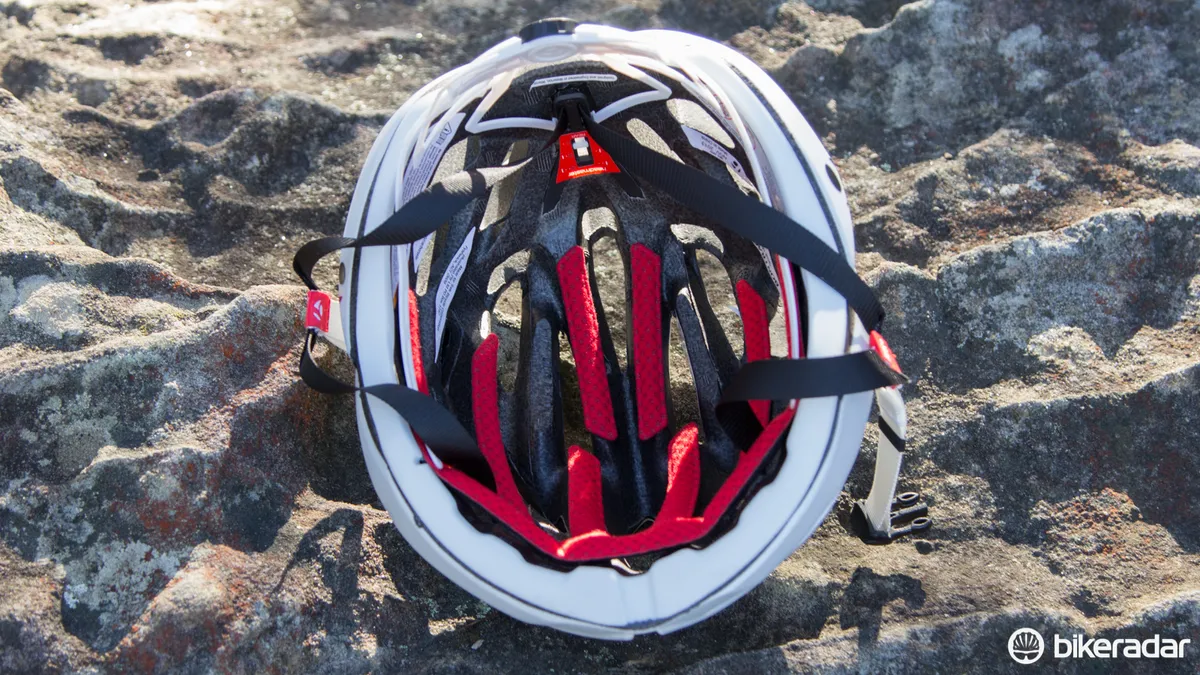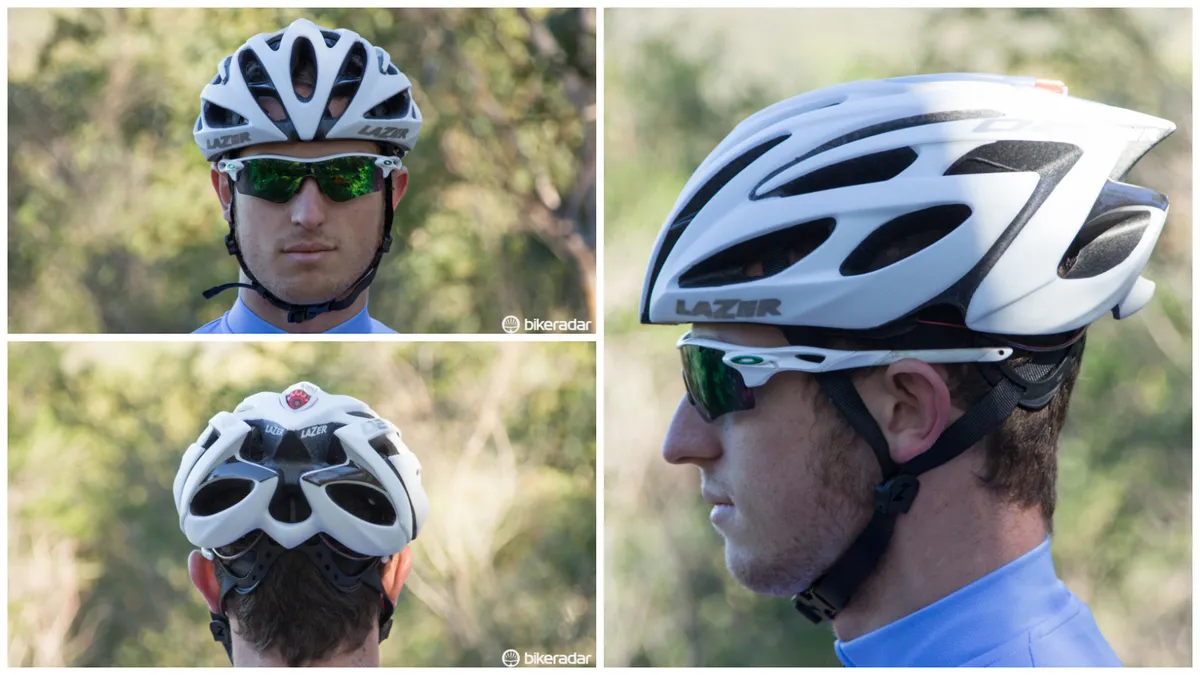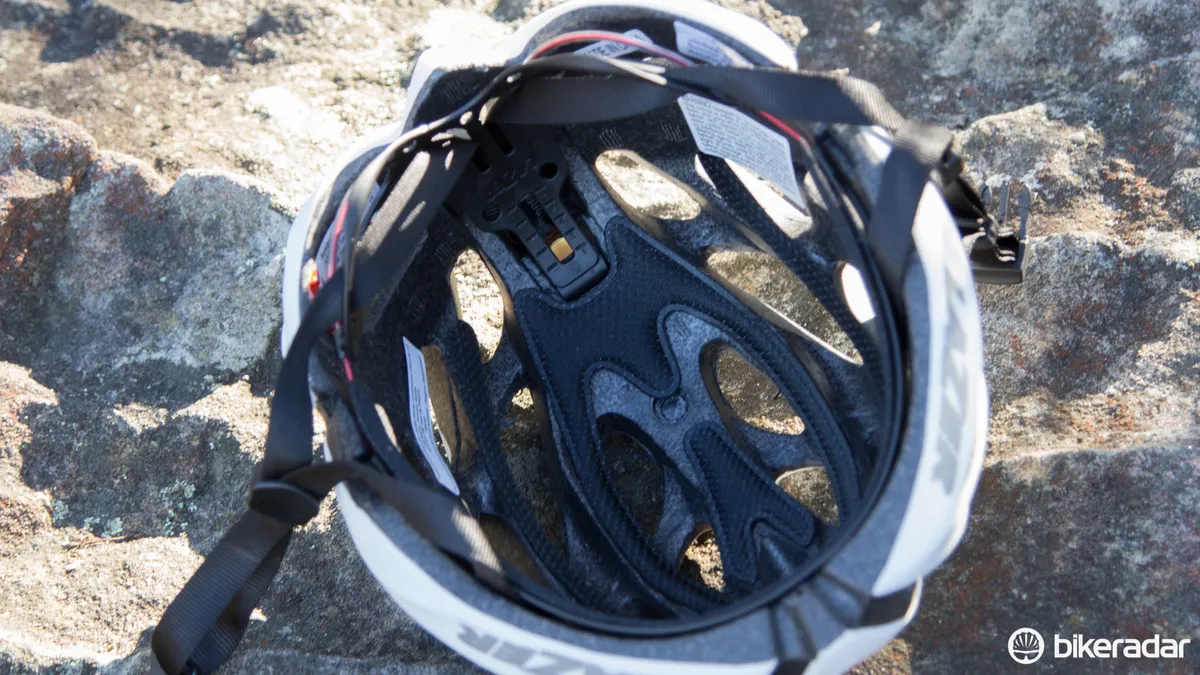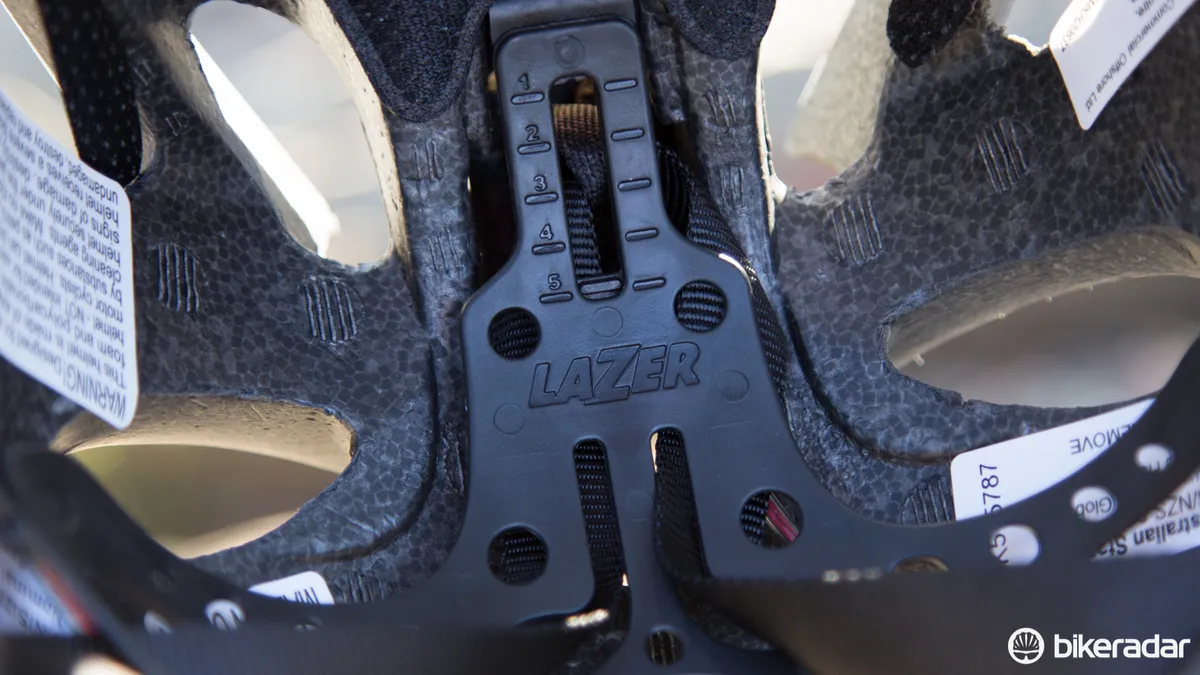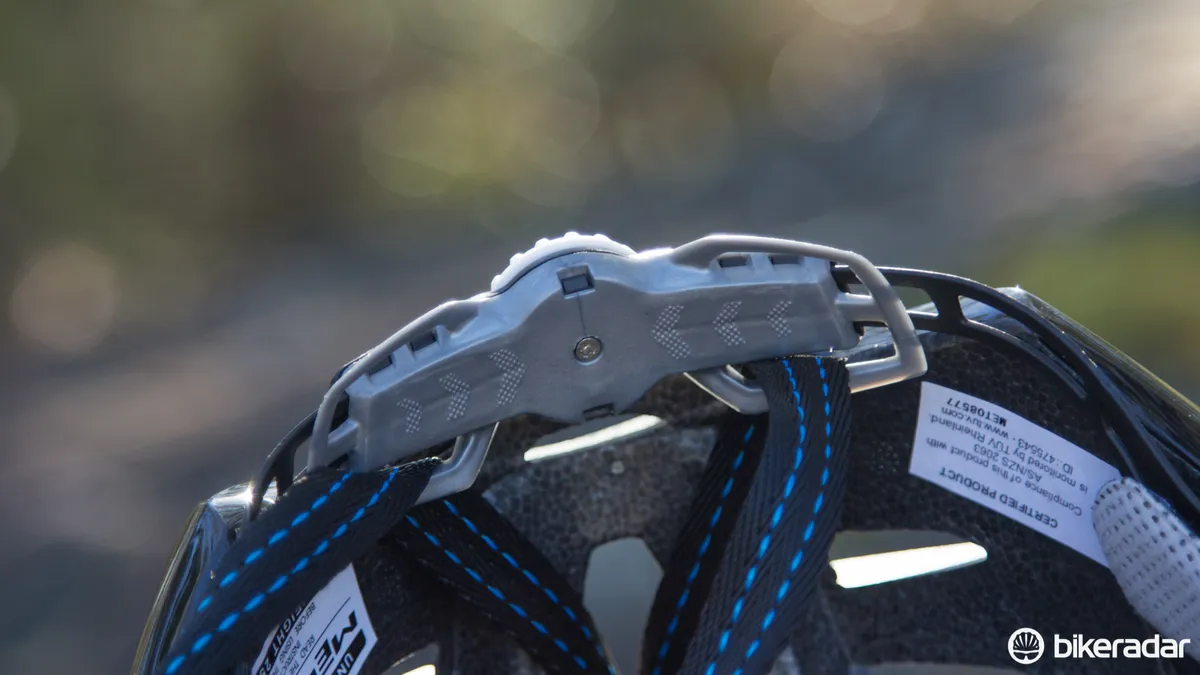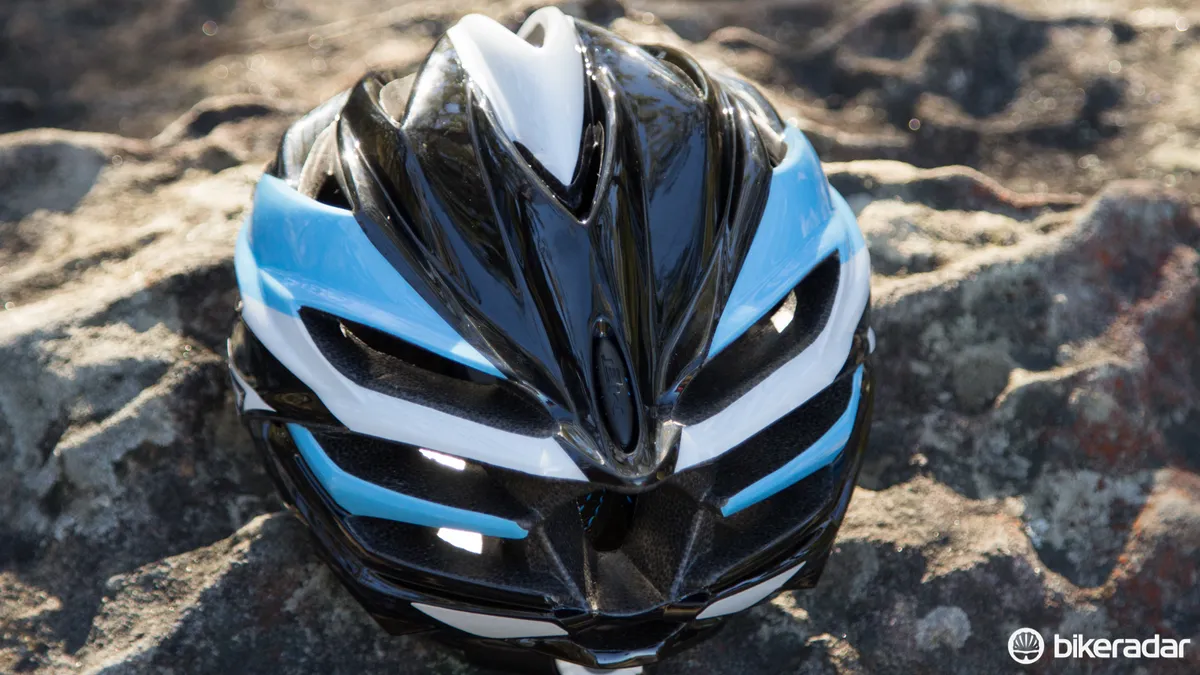Buying your first road bike can be daunting. But there's plenty of other necessities to sort out on top of finding your ideal ride, not least of which is a helmet.
In Australia, you cannot ride legally without a helmet. Road helmets have come a long way since the leather brain buckets used in the 1970s, and are usually lighter than their mountain bike and commuter counterparts. They have vents arranged to optimise air flow at the higher average speeds achieved on a road bike.
Road helmets also lack a visor, like those seen on mountain bike helmets, as they often obstruct vision when riding in the aero position — though some riders choose to don a short-brimmed cycling cap in the rain.
Nill
Video: How to choose and fit a road helmet
Australian helmet standards are notoriously tough, and lids bought from overseas retailers may not pass the local standards. Rest assured though, that locally bought goods will have the all-important AS/NZS 2063 sticker that signifies they meet these standards.
We tested seven helmets from Bontrager, Giro, Lazer, Limar, Met, Specialized, and Scott, all of which cost AU$150 or less. Helmets in this price range benefit from ‘trickle-down’ technology that was considered cutting-edge not so long ago.
All of our testers' heads fall between 55cm and 57cm in diameter, well within the confines of what each brand on test calls a medium. While some still believe that one-size-fits-all, five of the helmets in this test come in multiple sizes, allowing for lower weights and a better fit.
As we have found in the past, eyewear compatibility can be a problem at any price range. We used Oakley Radarlocks as our test glasses, which have long arms and are notoriously ill-fitting in combination with some helmets.
We based our ratings on a combination of fit, comfort, weight, ventilation and price. Luckily no crash testing took place.
Among the helmets we tested, there was only one that scored below average and one clear winner. The rest had their strengths and weaknesses, but for the most part, they all performed similarly well.
As we have said before, because of the variety of head shapes and array helmet shell moulds, our best advice is to try before you buy.
Specialized Propero II

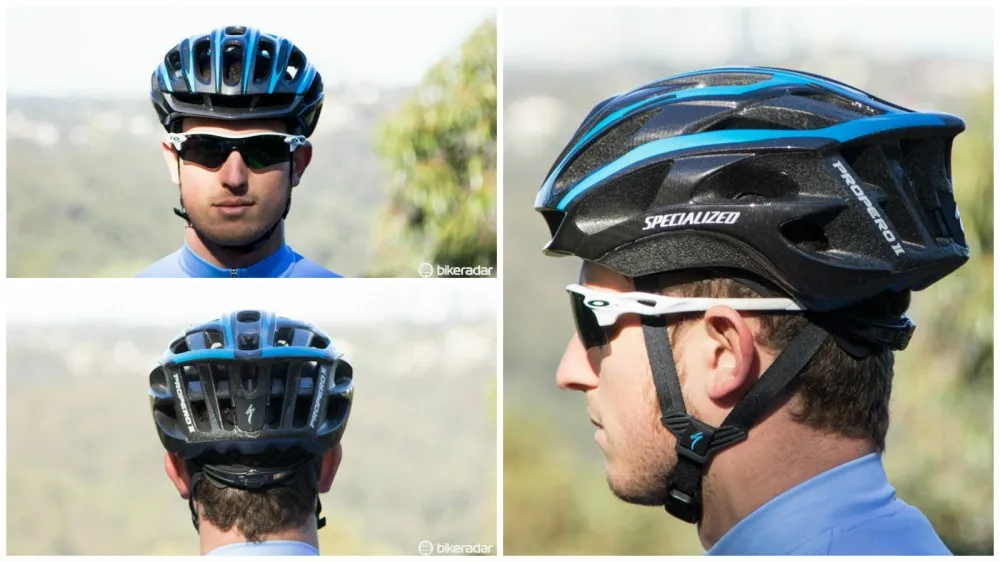
- Price: AU$150
- Weight: 257g
- Size tested: Medium 56-60cm
- Additional sizes available: Small, Large
The Propero II is aesthetically almost identical (and arguably better looking) to the flagship S-Works Prevail. This is usually where we would say, ‘but that’s where the similarities end’, however with the Propero II that’s just not the case. Yes, the retention system is a little clumsier, the ventilation is a little less airy, and the helmet is smidgen heavier, but this mid-ranger still does all these things pretty well, easily outperforming helmets more than double its price.
For added visibility, the Propero II has reflective panels on the front and back of the helmet, but there is quite a lot of exposed EPS foam, which makes it susceptible to accidental knocks and dents.
The Propero II is the clear winner of our grouptest. The little details, such as super lightweight straps, fixed ear splitters, 20mm of retention system height adjustability, and deep internal channeling to promote airflow, all add up to great helmet at an even better price.
Click here to read our full review of the Specalized Propero II.
Scott Wit-R

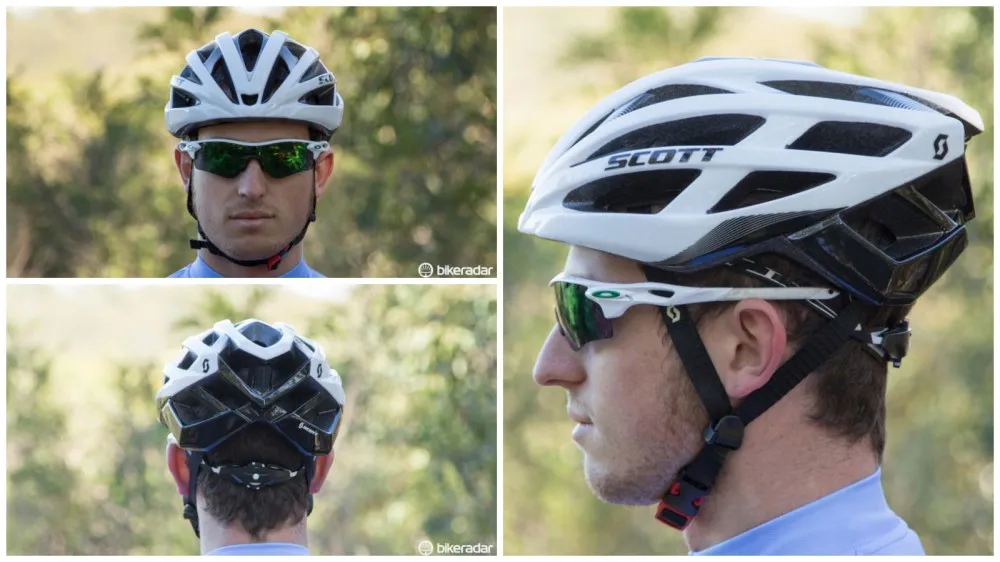
- Price: AU$150
- Weight: 249g
- Size tested: 55-59cm
- Additional sizes available: Small, Large
Sitting second in Scott’s line up of road helmets, the Wit-R features the Micro Rotary Adjustment System (MRAS) and 25 decent sized vents. Despite the plethora of vents, the lack of internal channeling did not allow much airflow, making for a sweaty ride.
The shell of the helmet also feels a little shallow, and even at its lowest height adjustment, the retention system seemed to sit too high.
Still, our size medium sample weighed a respectable 249g, making it one of the lightest and best-looking helmets in the test.
Click here to read our full review of the Scott Wit-R.
Limar 778 Superlight


The Limar 778 Superlight was the lightest and cheapest helmet in the bunch
- Price AU$120
- Weight: 200g
- Size tested: Medium 52-57cm
- Additional sizes available: Large
Living up to its name, the 778 Superlight was the lightest helmet in our test, weighing an airy 200g — it’s also the cheapest.
Featuring a bug shield and 24 small vents, the 778 provides a for a surprising amount of airflow. Good sized internal channels and large exhaust vents move air through the helmet efficiently.
Despite the quality airflow and light weight of the Limar, we could not help but feel a little exposed when riding in it. Although it has passed all the relevant safety standards, we would have liked a bit more coverage on the sides and back of the head. It’s also lacking in the looks department, with one of our testers commenting: “it has a face only a mother could love”.
Click here to read our full review of the Limar 778 Superlight.
Giro Savant

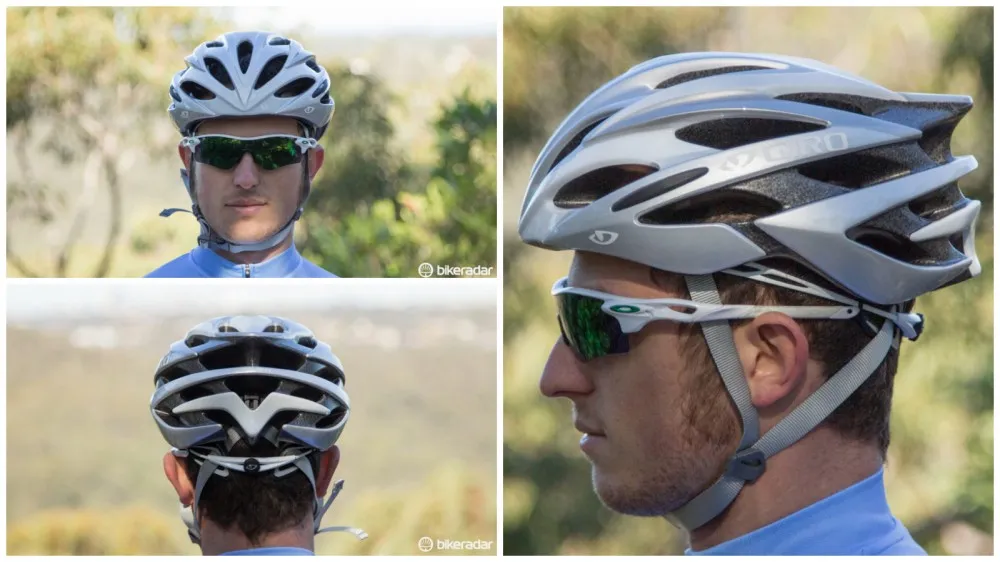
One could easily mistake the Savant for one of Giro's higher end helmets
- Price: AU$150
- Weight: 256g
- Size tested: Medium 55-59cm
- Additional sizes available: Small, Large, X-Large
Giro has long been a player in the helmet game, and that experience shows in the Savant. Good internal channeling and 25 decent sized vents allow the lid to manage hot air well.
The Savant also features Giro’s Roc Loc 5 retention system, the same seen on the pricier Aeon and Atmos helmets. Despite the Roc Loc 5’s pedigree, we did notice a slight fit problem with the long arms of the Radarlock glasses - the end of the temple pads interfered with the arms of the retention system.
Weighing 256g in a size medium, the Savant doesn’t quite disappear on your head, but does offer good ventilation and fit.
Click here to rear our full review of the Giro Savant.
Bontrager Circuit

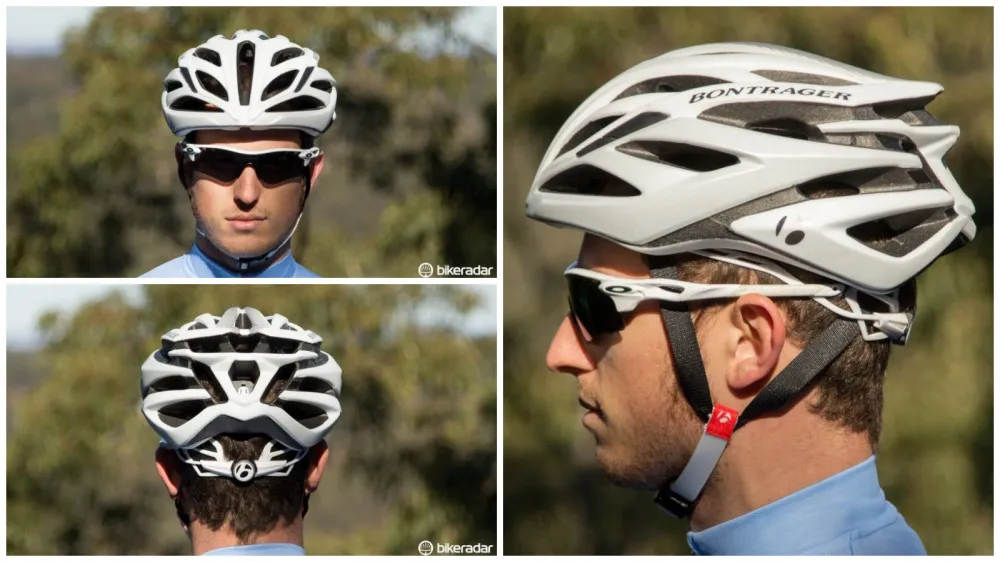
Our testers though the Circuit was the best looking helmet on test, but it was also one of the heaviest
- Price: AU$140
- Weight: 291g
- Size tested: Medium 54-60cm
- Additional sizes available: Small, Large
The Circuit, from Trek’s in-house brand Bontrager was the favourite among our testers for aesthetic value. It uses the same Headmaster retention system as the far pricier Oracle, and is comfortable and provides a secure fit.
A total of 26 vents, and a glut of internal channeling allow the Circuit to manage heat and moisture well. The polycarbonate shell wraps under the outer edge of the lid, protecting the EPS foam from accidental bumps and knocks. Fixed strap splitters remove some of the bulk, while also streamlining the fitting process.
Our only real complaint about the Circuit is its weight — it tips the scales at a plump 291g. The Circuit is available in three colours and sizes, and is covered by Bontrager's one-year crash replacement policy.
Click here to rear our full review of the Bontrager Circuit.
Lazer O2


Lazer's O2 is one of two one-size-fits-all helmets on test
- Price: AU$150
- Weight: 301g
- Size tested: Unisize 53-61cm
- Additional sizes available: N/A
Lazer’s O2 has remained unchanged for some time now, but despite its age, the old Belgian still manages to keep up with the young guns. One of the two unisize helmets in our test, the O2 weighs in at a portly 316g, which took its toll on longer rides.
The award winning Rollsys retention system is the same seen on the higher-end Genesis and Helium helmets, and provides a comfortable fit but also a weight penalty.
Limited by the size of internal reinforcements, 24 well placed vents, and decent internal channels allow plenty of air to filter through the helmet.
Click here to rear our full review of the Lazer O2.
Met Forte

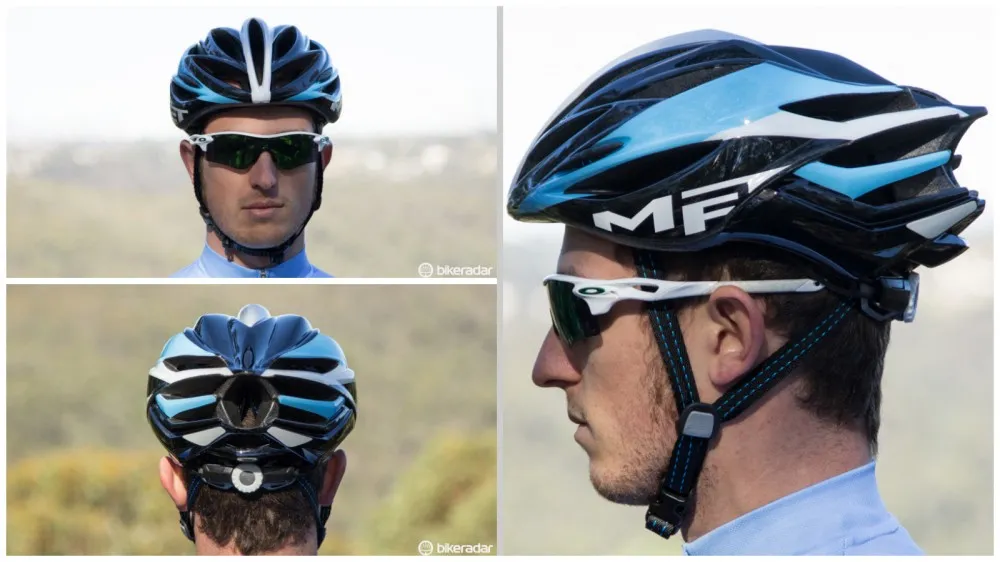
Met's Forte looks great, but our testers found it be uncomfortable and poorly ventilated
- Price: AU$120
- Weight: 260g
- Size tested: Unisize 52-59cm
- Additional sizes available: N/A
In Australia, MET is a lesser-known brand, and although its commuter helmets fared quite well in our budget helmet group test, we were very disappointed when we strapped on the Forte.
All testers complained of hot spots caused by the retention system — sharp edges on the ratchet housing, and a pressure-point where the retention system connects to the shell caused headaches in all of our tester moments after putting on the helmet.
The complete absence of internal channeling meant any air which the forward facing vents managed to bring into the helmet had nowhere to go — rendering the exhaust vents somewhat pointless. There are also no vents on the top of the helmet, which created somewhat of a heat sink, making for a sweaty ride in Australia's summer heat.
Click here to rear our full review of the Met Forte

